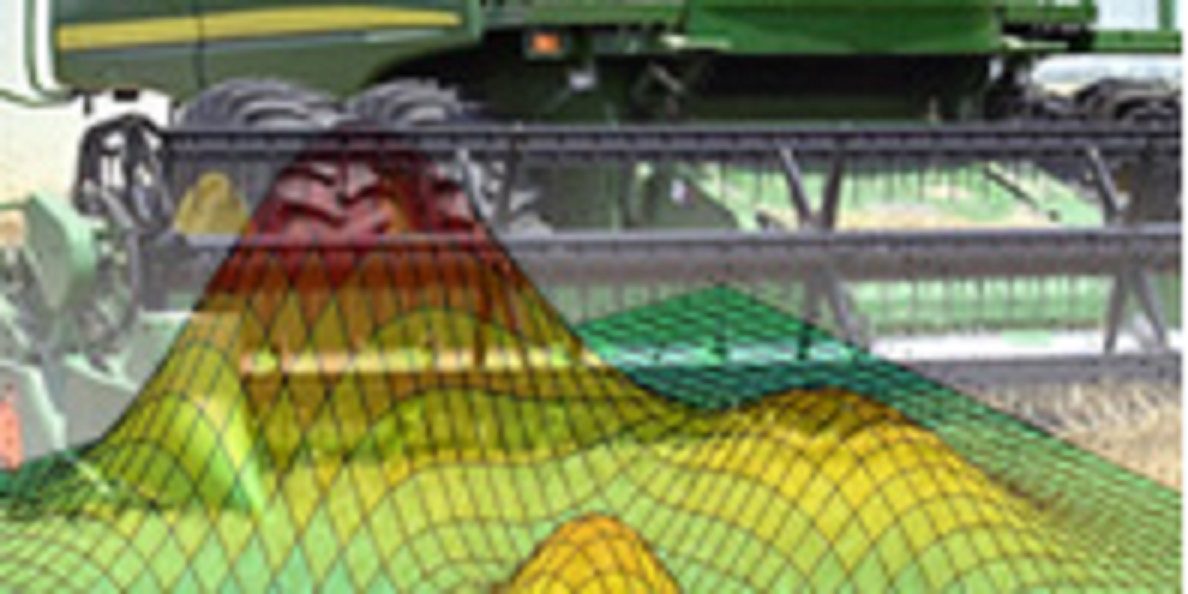Assessing the Entire Functional Safety Hazard Space
Safety is a challenging status to achieve and maintain, thus the need for the guidelines that collectively fall under the heading of Functional Safety (FS). DISTek has always been conscience of safety as it applies to the products developed for our customers. This includes implementing the various requirements and guidelines associated with Functional Safety, as expressed in documents, such as ISO 25119.









